Pine Cones
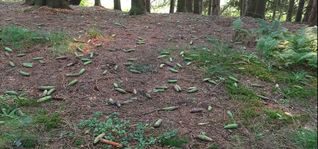
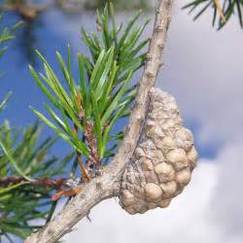 Jack Pine Cone
Jack Pine Cone Interesting fact: the seed scales on a cone can open and close multiple times while the cone is attached to the tree.
The folklore however warns that a bumper crop of pine cones means a hard winter. Well, we shall see.
As there are over a hundred different pine trees, you have, of course, very different pine cones. They all are shaped like a cone, but if you look closely, you see how different they are.
As we use cones for our holiday decorations we know how different cones can look. And here are some examples.
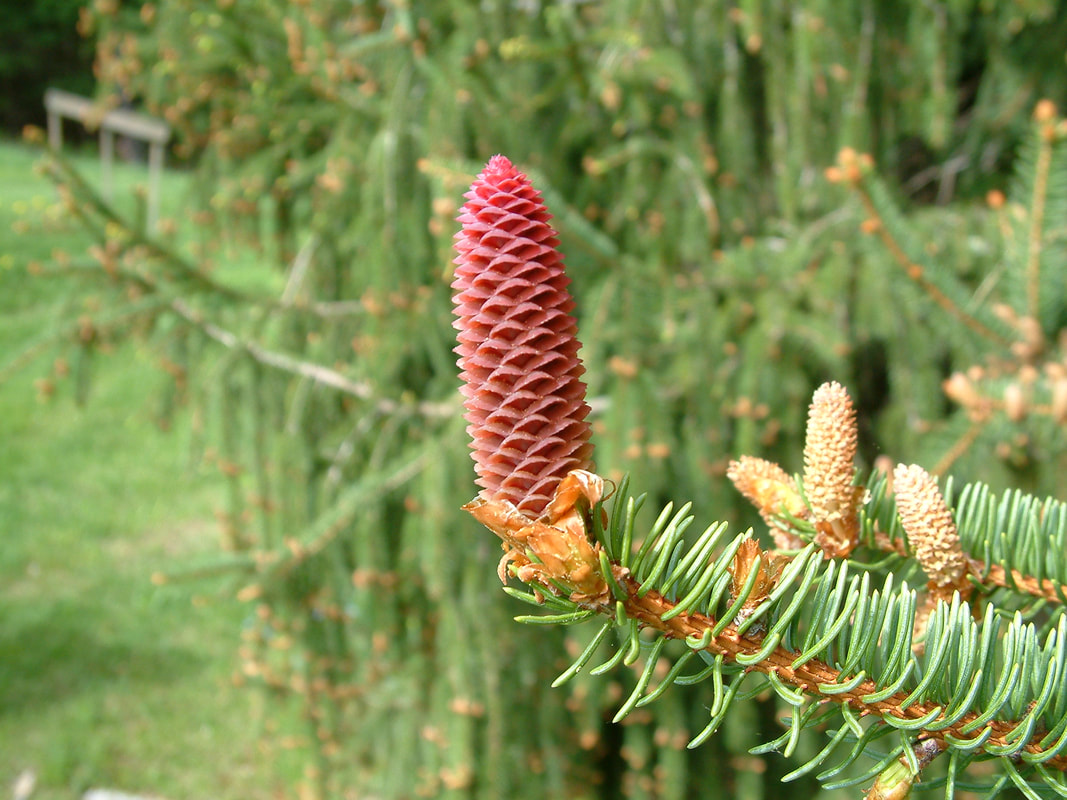
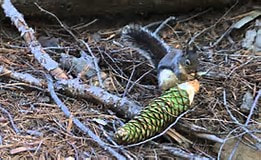
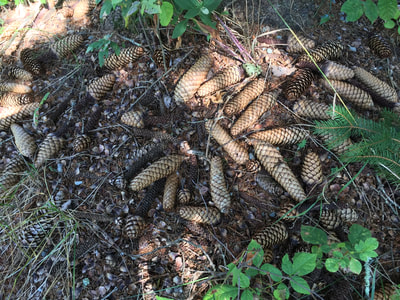
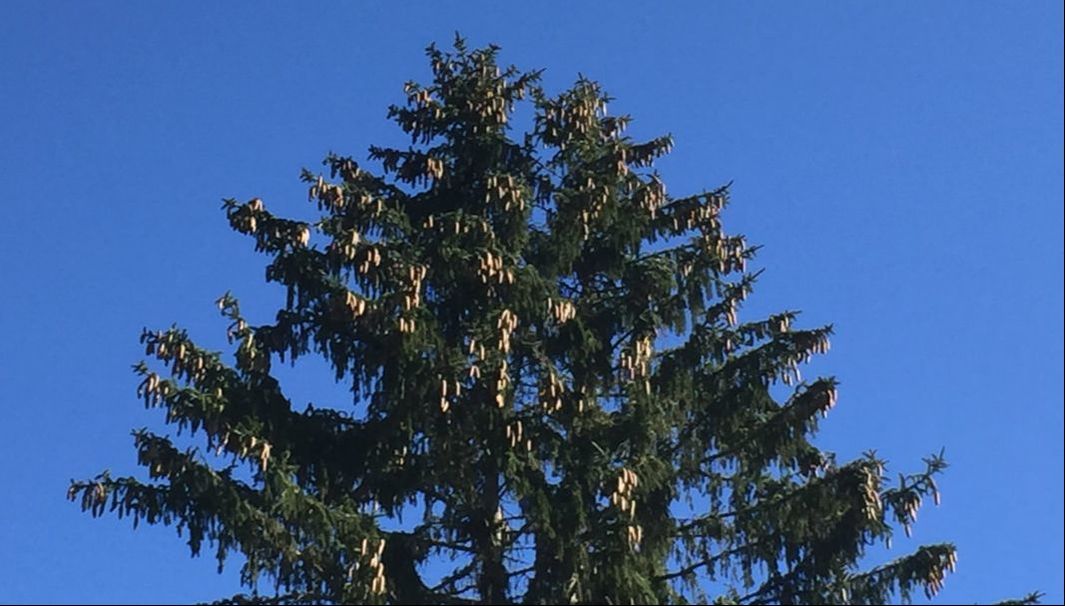
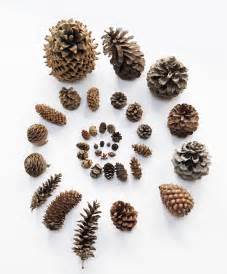
 RSS Feed
RSS Feed